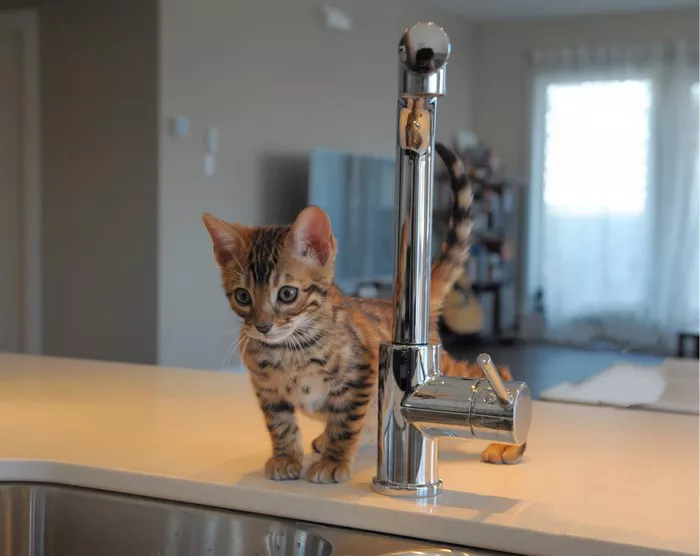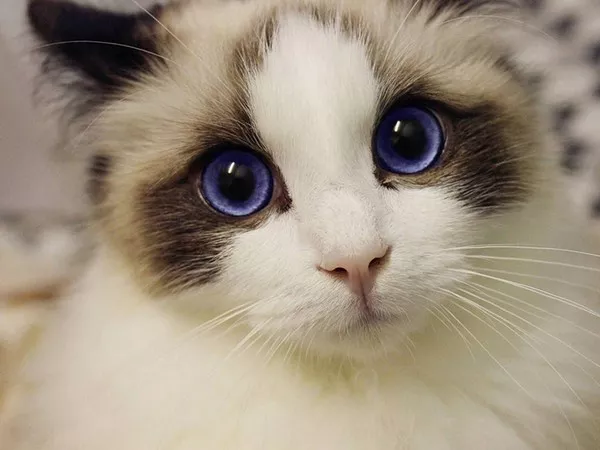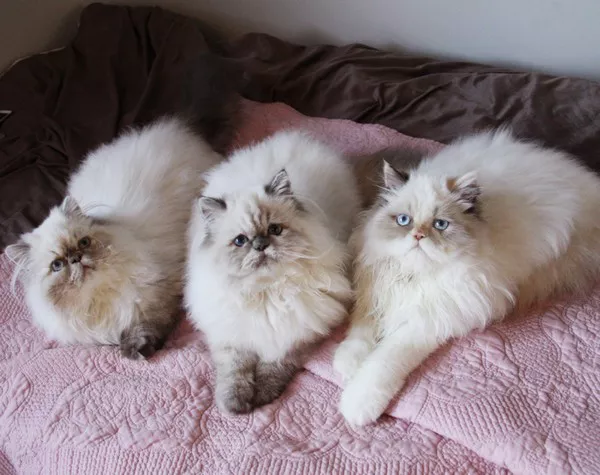Bengal cats, celebrated for their distinctive spotted or marbled coat patterns and energetic personalities, require a balanced and tailored diet to support their unique needs. Determining how much food a Bengal cat should eat involves considerations such as age, weight, activity level, and overall health. In this comprehensive guide, we explore the nuances of Bengal cat nutrition, shedding light on the factors influencing their dietary requirements and offering best practices for ensuring their well-being through proper feeding.
Bengal Cat
Before delving into the specifics of their diet, it’s crucial to appreciate the unique characteristics that define Bengal cats. This breed, known for its distinctive appearance and lively disposition, exhibits the following traits:
Coat Patterns: Bengals boast eye-catching spotted or marbled coat patterns that resemble those of wild leopards. This distinctive feature contributes to their exotic and luxurious appearance.
Physical Agility: Bengals are renowned for their athleticism and agility. Their playful nature and love for climbing and exploring make them a dynamic and engaging companion.
Affectionate Temperament: While they exude a wild appearance, Bengal cats are affectionate and enjoy forming strong bonds with their owners. Their interactive and social nature adds to their charm.
Tailoring Nutrition to Bengal Cats
The dietary needs of Bengal cats are influenced by various factors, and providing a well-balanced diet is crucial for their overall health and vitality.
Age Considerations: Bengal kittens, in their early growth stages, have different nutritional needs compared to adults. A diet rich in essential nutrients is vital for their development. As they mature, transitioning to an adult cat diet is necessary.
Weight Management: Monitoring and managing your Bengal cat’s weight is essential. Overweight cats are prone to health issues, while underweight cats may require adjustments to their diet to ensure they receive adequate nutrition.
Activity Level: Bengals are highly active and enjoy physical play. Considering their energy expenditure and providing an appropriately calorie-dense diet supports their active lifestyle.
Health Factors: Individual health conditions or sensitivities may influence dietary choices. Cats with specific health concerns may require specialized diets, guided by veterinary recommendations.
Calculating Daily Caloric Intake
Determining how much food a Bengal cat should eat involves considering factors such as age, weight, and activity level. While individual needs vary, general guidelines can assist in estimating their daily caloric intake.
Kitten Stage: Bengal kittens require a diet higher in calories to support their growth. Providing a nutrient-dense kitten food and following feeding guidelines based on weight is crucial during this stage.
Adult Stage: Adult Bengal cats generally require around 200-300 calories per day, depending on factors like weight, activity level, and metabolism. High-quality cat food that meets their nutritional needs is recommended.
Senior Stage: As cats age, their metabolism may slow down, and their calorie needs may decrease. Senior Bengal cats may benefit from a diet tailored to support aging health, with adjustments based on individual requirements.
Choosing the Right Cat Food
Selecting a high-quality cat food is paramount for Bengal cats to meet their unique dietary needs. Consider the following factors when choosing cat food:
Protein Content: Bengals thrive on a diet rich in high-quality animal protein. Look for cat food where meat is listed as the primary ingredient.
Balanced Nutrition: Ensure the cat food provides a balanced mix of essential nutrients, including vitamins, minerals, and taurine.
Avoid Fillers: Minimize the inclusion of fillers such as grains and artificial additives. Bengals benefit from a diet that aligns closely with their carnivorous nature.
Life Stage Formulation: Opt for cat food formulated for their specific life stage, whether it be kitten, adult, or senior. These formulations cater to the varying nutritional needs at different stages of life.
Feeding Practices and Considerations
In addition to determining the appropriate quantity of food, how you feed your Bengal cat and other feeding considerations play a crucial role in their overall well-being.
Meal Frequency: Bengals benefit from multiple small meals throughout the day. This feeding approach aligns with their natural grazing behavior.
Hydration: Ensure your Bengal cat has access to fresh water at all times. Adequate hydration is essential for their overall health.
Monitoring Body Condition: Regularly assess your cat’s body condition to ensure they maintain a healthy weight. Adjust their food intake as needed to prevent obesity or malnutrition.
Veterinary Guidance: Regular veterinary check-ups provide an opportunity to discuss your cat’s dietary needs and make adjustments based on their health status.
Conclusion
In conclusion, nourishing a Bengal cat involves a personalized approach that considers their age, weight, activity level, and health status. Providing a well-balanced, high-quality cat food, tailored to their life stage, is foundational to their overall health and vitality.
By understanding the unique characteristics of Bengal cats and implementing sound feeding practices, you can ensure your feline companion thrives throughout their life. Regular veterinary consultations, proper monitoring, and adjustments to their diet as needed contribute to a long and healthy life for your dynamic Bengal cat.


























